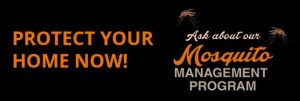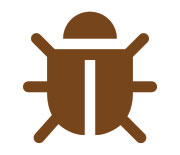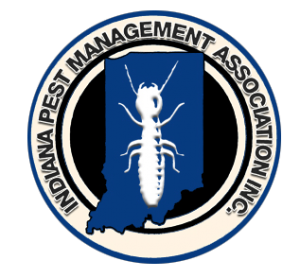 Worldwide there are more than 3000 species of Mosquitoes and of those 3000, there are approx. 55 species documented in Indiana. Mosquitoes are commonly present after dawn when the air temperature is between 60 and 90 degrees. With that being said, that doesn’t mean they will not come out during the day time to feed. Unbeknown to most, it is only the females that will bite humans and animals. Female mosquitoes require a blood meal for reproductive purposes, where males feed on plants and fruits for survival. Male mosquitoes typically live only a few days to a week whereas Females may survive up to several months depending on their location. Males have more feathery antennae than the females, which is the easiest identifier of their gender.
Worldwide there are more than 3000 species of Mosquitoes and of those 3000, there are approx. 55 species documented in Indiana. Mosquitoes are commonly present after dawn when the air temperature is between 60 and 90 degrees. With that being said, that doesn’t mean they will not come out during the day time to feed. Unbeknown to most, it is only the females that will bite humans and animals. Female mosquitoes require a blood meal for reproductive purposes, where males feed on plants and fruits for survival. Male mosquitoes typically live only a few days to a week whereas Females may survive up to several months depending on their location. Males have more feathery antennae than the females, which is the easiest identifier of their gender.
Certain species of mosquitos can carry diseases that can cause swelling of the brain (Encephalitis). Humans are considered a dead-end host to most of the carried diseases except West Nile and the Zika Virus. As of 2018 zero cases of the Zika Virus, which causes disruptions in infant growth in the womb, have been reported in Northwest Indiana. Diseases such as Lacrosse, St. Louis and Easter Equine Encephalitis effect small animals including Birds, Rabbits and squirrels.
Mosquito surveillance is a key part of reducing the mosquito population. This includes surveying potential breeding sites, reducing clutter areas conducive to breeding and identification of mosquito species. Managing Mosquito populations relies heavily on understanding mosquito surveillance techniques, educating the public on common breeding sites, pest control methods and community upkeep.
For questions on Mosquito Management Techniques used by Monroe Pest Control please refer to the following link: Mosquito Services










